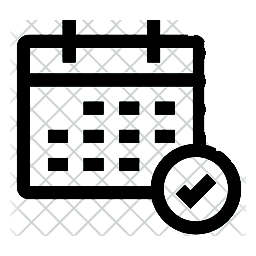
Services
Diagnostic Upper GI Scopy With Biopsy

Diagnostic upper GI endoscopy, also known as upper GI scopy, is a medical procedure used to examine the upper gastrointestinal tract, which includes the esophagus, stomach, and duodenum (the first part of the small intestine). During the procedure, a flexible tube with a camera (endoscope) is inserted through the mouth and gently guided down the throat into the stomach and duodenum.
This procedure allows the doctor to visually inspect the lining of the upper GI tract for abnormalities such as inflammation, ulcers, tumors, or other structural issues. In addition to visualization, the doctor may also perform biopsies, which involve taking small tissue samples for further examination under a microscope. Biopsies can help diagnose conditions such as gastritis, gastroesophageal reflux disease (GERD), peptic ulcers, celiac disease, and even cancers of the upper digestive tract.
The procedure is typically performed under sedation to ensure patient comfort, and it usually takes about 15 to 30 minutes to complete. After the procedure, patients are typically monitored for a short period and can usually resume their normal activities within a few hours. However, some restrictions on eating and drinking may be advised immediately following the procedure.

